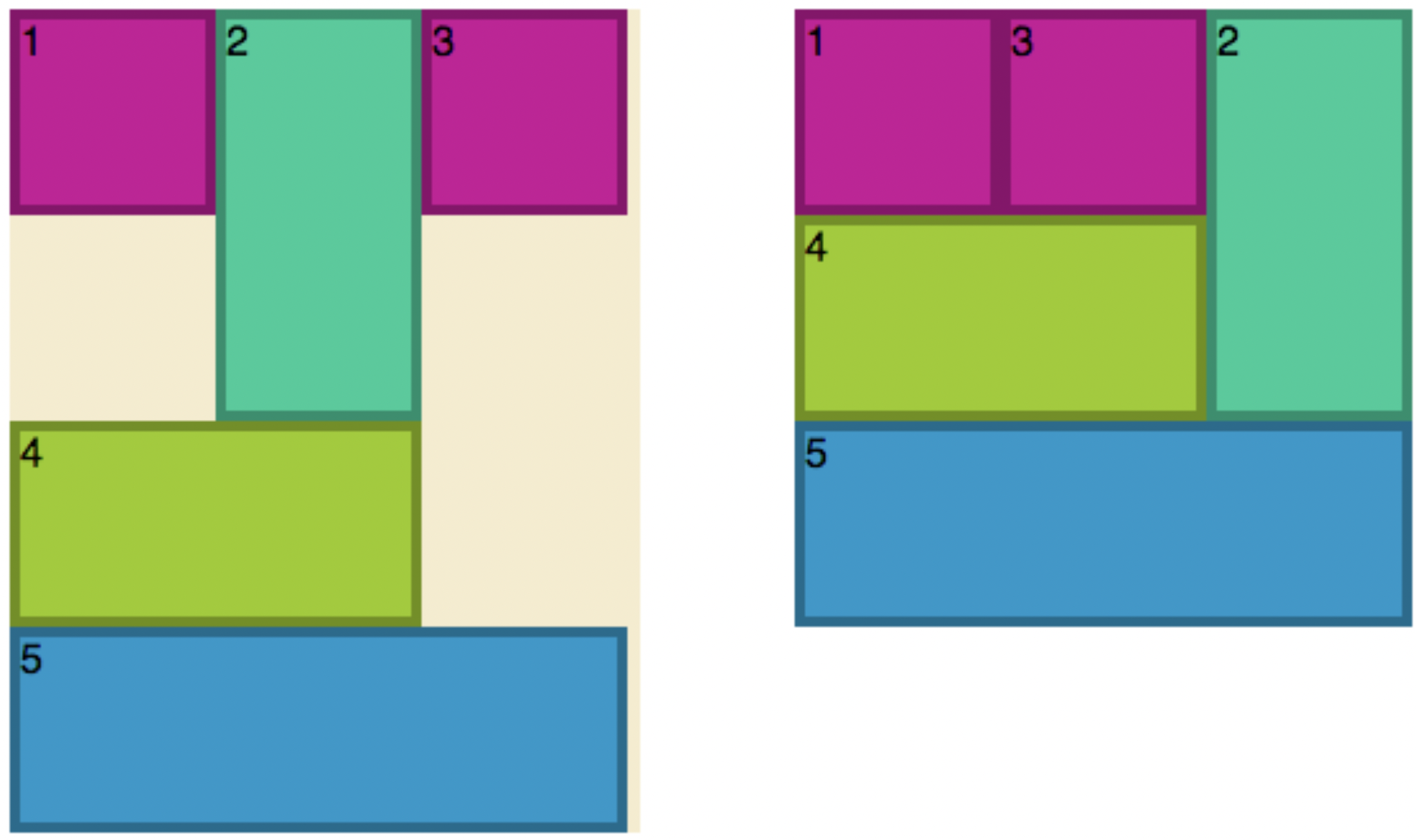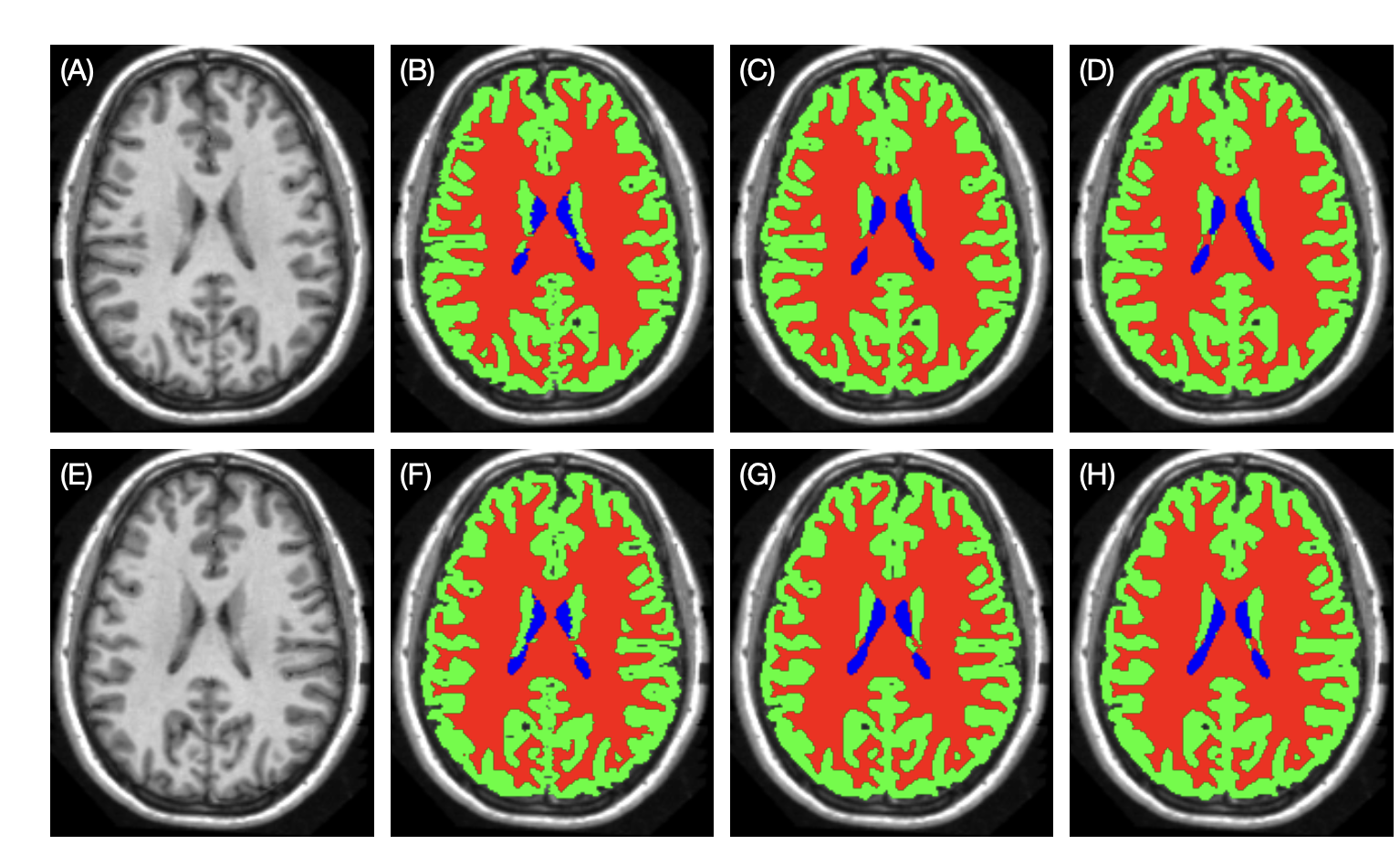Approximation Algorithms: Packing Problems

This is the lecture notes from Chandra Chekuri's CS583 course on Approximation Algorithms. Chapter 4: Packing Problems.
You can read Chapter 5: Load Balancing and Bin Packing, here. Chapter 3: Knapsack, here.
Chapter 4
In the previous lecture we discussed the Knapsack problem. In this lecture we discuss other packing and independent set problems. We first discuss an abstract model of packing problems. Let
Example 4.1. Independent sets in graphs: Given a graph
Example 4.2. Matchings in graphs: Given a graph
Example 4.3. Matroids: A matroid
Example 4.4. Intersections of independence systems: given some
4.1 Maximum Independent Set Problem in Graphs
A basic graph optimization problem with many applications is the maximum (weighted) independent set problem (
Definition 4.1. Given an undirected graph
The
Theorem 4.2 (Håstad [1]). Unless
Remark 4.1. The maximum clique problem is to find the maximum cardinality clique in a given graph. It is approximation-equivalent to the
The theorem basically says the following: there are a class of graphs in which the maximum independent set size is either less than
The lower bound result suggests that one should focus on special cases, and several interesting positive results are known. First, we consider a simple greedy algorithm for the unweighted problem.
- While
is not empty do - A.Let
be a node of minimum degree in - B.
- C.Remove
and its neighbors from - Output
Theorem 4.3. Greedy outputs an independent set
Proof. We upper bound the number of nodes in
We now argue that
Exercise 4.1. Show that Greedy outputs an independent set of size at least
Remark 4.2. The well-known Turan's theorem shows via a clever argument that there is always an independent set of size
Remark 4.3. For the case of unweighted graphs one can obtain an approximation ratio of
Exercise 4.2. Consider the weigthed
LP Relaxation: One can formulate a simple linear-programming relaxation for the (weighted)
Although the above is a valid integer programming relaxation of
Claim 4.1.1. For any graph the optimum value of the above LP relaxation is at least
Simply set each
One can obtain a strengthened formulation below by observing that if
The above linear program has an exponential number of constraints, and it cannot be solved in polynomial time in general, but for some special cases of interest the above linear program can indeed be solved (or approximately solved) in polynomial time and leads to either exact algorithms or good approximation bounds.
Approximability of Vertex Cover and
Fact 4.1. In any graph
The above shows that if one of Vertex Cover or
Some special cases of
-
Interval graphs; these are intersection graphs of intervals on a line. An exact algorithm can be obtained via dynamic programming and one can solve more general versions via linear programming methods.
-
Note that a maximum (weight) matching in a graph
can be viewed as a maximum (weight) independent set in the line-graph of and can be solved exactly in polynomial time. This has been extended to what are known as claw-free graphs. -
Planar graphs and generalizations to bounded-genus graphs, and graphs that exclude a fixed minor. For such graphs one can obtain a
due to ideas originally from Brenda Baker. -
Geometric intersection graphs. For example, given
disks on the plane find a maximum number of disks that do not overlap. One could consider other (convex) shapes such as axis parallel rectangles, line segments, pseudo-disks etc. A number of results are known. For example a is known for disks in the plane. An -approximation for axis-parallel rectangles in the plane when the rectangles are weighted and an approximation for the unweighted case. For the unweighted case, very recently, Mitchell obtained a constant factor approximation!
4.1.1 Elimination Orders and MIS
We have seen that a simple Greedy algorithm gives a
For a vertex
Definition 4.4. An undirected graph
Graphs which are inductively
Exercise 4.3. Prove that the intersection graph of intervals is chordal.
Exercise 4.4. Prove that if
The preceding shows that planar graphs are inductively
Exercise 4.5. Prove that the Greedy algorithm that considers the vertices in the inductive
Interestingly one can obtain a
4.2 The efficacy of the Greedy algorithm for a class of Independence Families
The Greedy algorithm can be defined easily for an arbitrary independence system. It iteratively adds the best element to the current independent set while maintaining feasibility. Note that the implementation of the algorithm requires having an oracle to find the best element to add to a current independent set
- While (TRUE)
- A.Let
- B.If
break - C.
- D.
- Output
Exercise 4.6. Prove that the Greedy algorithm gives a
Remark 4.4. It is well-known that the Greedy algorithm gives an optimum solution when
It is easy to see that Greedy does poorly for
Definition 4.5. An independence system
The following theorem is not too difficult but not so obvious either.
Theorem 4.6. Greedy gives a
The above theorem generalizes and unifies several examples that we have seen so far including
Lemma 4.1. Suppose
We leave the proof of the above as an exercise.
4.3 Randomized Rounding with Alteration for Packing Problems
The purpose of this section to highlight a technique for rounding
Note that it is important to retain the constraint that
Suppose we solve the
Here we illustrate this via the interval problem. Without loss of generality we assume that
- Let
be an optimum fractional solution - Round each
to independently with probability . Let be rounded solution. - For
down to do - A.If
and ( is feasible) then - Output feasible solution
The algorithm consists of two phases. The first phase is a simple selection phase via independent randomized rounding. The second phase is deterministic and is a greedy pruning step in the reverse elimination order. To analyze the expected value of
By linearity of expectation,
Claim 4.3.1.
Via the independent randomized rounding in the algorithm.
Claim 4.3.2.
How do we analyze
at the point
We claim that
Using the claim,
This allows us to lower bound the expected weight of the solution output by the algorithm, and yields a randomized
Claim 4.3.3.
Proof. We have
This type of rounding has applications to a variety of settings - see
4.4 Packing Integer Programs (PIPs)
We can express the Knapsack problem as the following integer program. We scaled the knapsack capacity to
More generally if have multiple linear constraints on the "items" we obtain the following integer program.
Definition 4.7. A packing integer program (
In some cases it is useful/natural to define the problem as
When
Definition 4.8. A PIP is
4.4.1 Randomized Rounding with Alteration for PIPs
We saw that randomized rounding gave an
Rounding for Knapsack: Consider the Knapsack problem. It is convenient to think of this in the context of
- Let
be an optimum fractional solution - Round each
to independently with probability . Let be rounded solution. - If
for exactly one big item - A.For each
set - Else If
or two or more big items are chosen in - A.For each
set - Output feasible solution
In words, the algorithm alters the rounded solution
The following claim is easy to verify.
Claim 4.4.1. The integer solution
Now let us analyze the probability of an item
Claim 4.4.2.
Proof. Let
By Markov's inequality,
Claim 4.4.3.
Proof. Since the size of each big item in
Lemma 4.2. Let
Proof. We consider the binary random variable
To lower bound
First consider a big item
Thus,
One can improve the above analysis to show that
Theorem 4.9. The randomized algorithm outputs a feasible solution of expected weight at least
Proof. The expected weight of the output is
where we used the previous lemma to lower bound
Rounding for
- Let
be an optimum fractional solution - Round each
to 1 independently with probability . Let be rounded solution. - For
to do - A.If
for exactly one 1. For each and set - B.Else If
or two or more items from are chosen in 1. For each set - Output feasible solution
The algorithm, after picking the random solution
Claim 4.4.4. The integer solution
Now let us analyze the probability of an item
Claim 4.4.5.
Claim 4.4.6.
Lemma 4.3. Let
Proof. We consider the binary random variable
We upper bound the probability
We used the fact that
The theorem below follows by using the above lemma and linearity of expectation to compare the expected weight of the output of the randomized algorithm with that of the fractional solution.
Theorem 4.10. The randomized algorithm outputs a feasible solution of expected weight at least
Larger width helps: We saw during the discussion on the Knapsack problem that if all items are small with respect to the capacity constraint then one can obtain better approximations. For
- Johan Hastad. “Clique is hard to approximate within n/sup 1-/spl epsiv”. In: Proceedings of 37th Conference on Foundations of Computer Science. IEEE. 1996, pp. 627–636. ↩︎
- Moran Feldman, Joseph Seffi Naor, Roy Schwartz, and Justin Ward. “Improved approximations for k-exchange systems”. In: European Symposium on Algorithms. Springer. 2011, pp. 784–798. ↩︎
- Julián Mestre. “Greedy in approximation algorithms”. In: European Symposium on Algorithms. Springer. 2006, pp. 528–539. ↩︎
- Nikhil Bansal, Nitish Korula, Viswanath Nagarajan, and Aravind Srinivasan. “Solving packing integer programs via randomized rounding with alterations”. In: Theory of Computing 8.1 (2012), pp. 533–565. ↩︎
Recommended for you
Group Equivariant Convolutional Networks in Medical Image Analysis
Group Equivariant Convolutional Networks in Medical Image Analysis
This is a brief review of G-CNNs' applications in medical image analysis, including fundamental knowledge of group equivariant convolutional networks, and applications in medical images' classification and segmentation.
